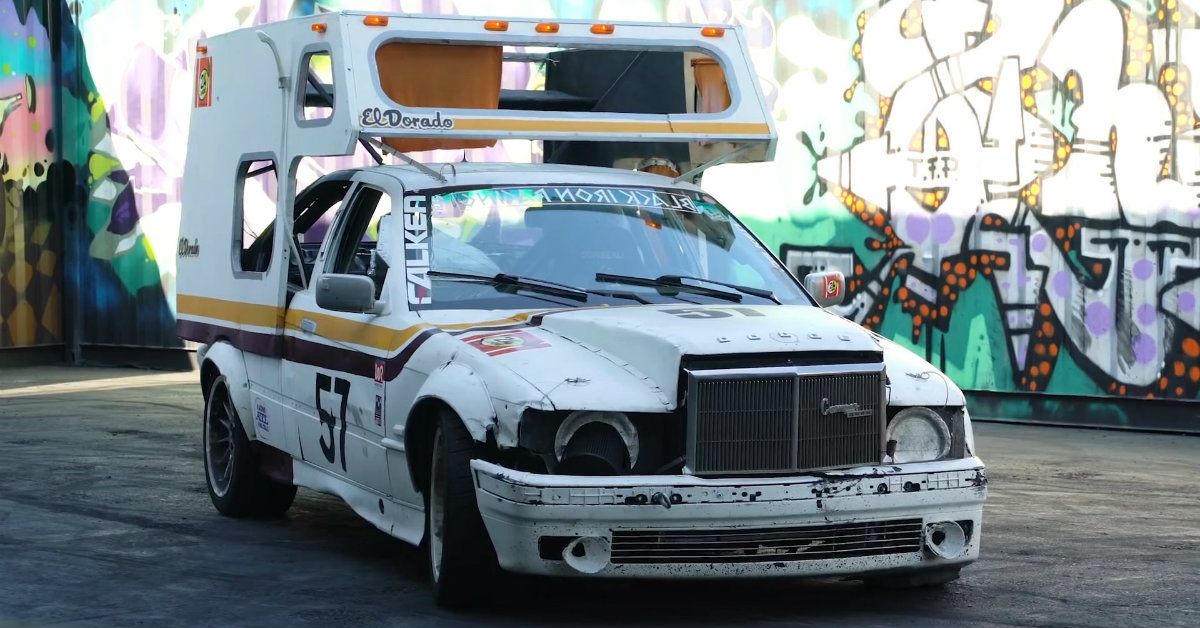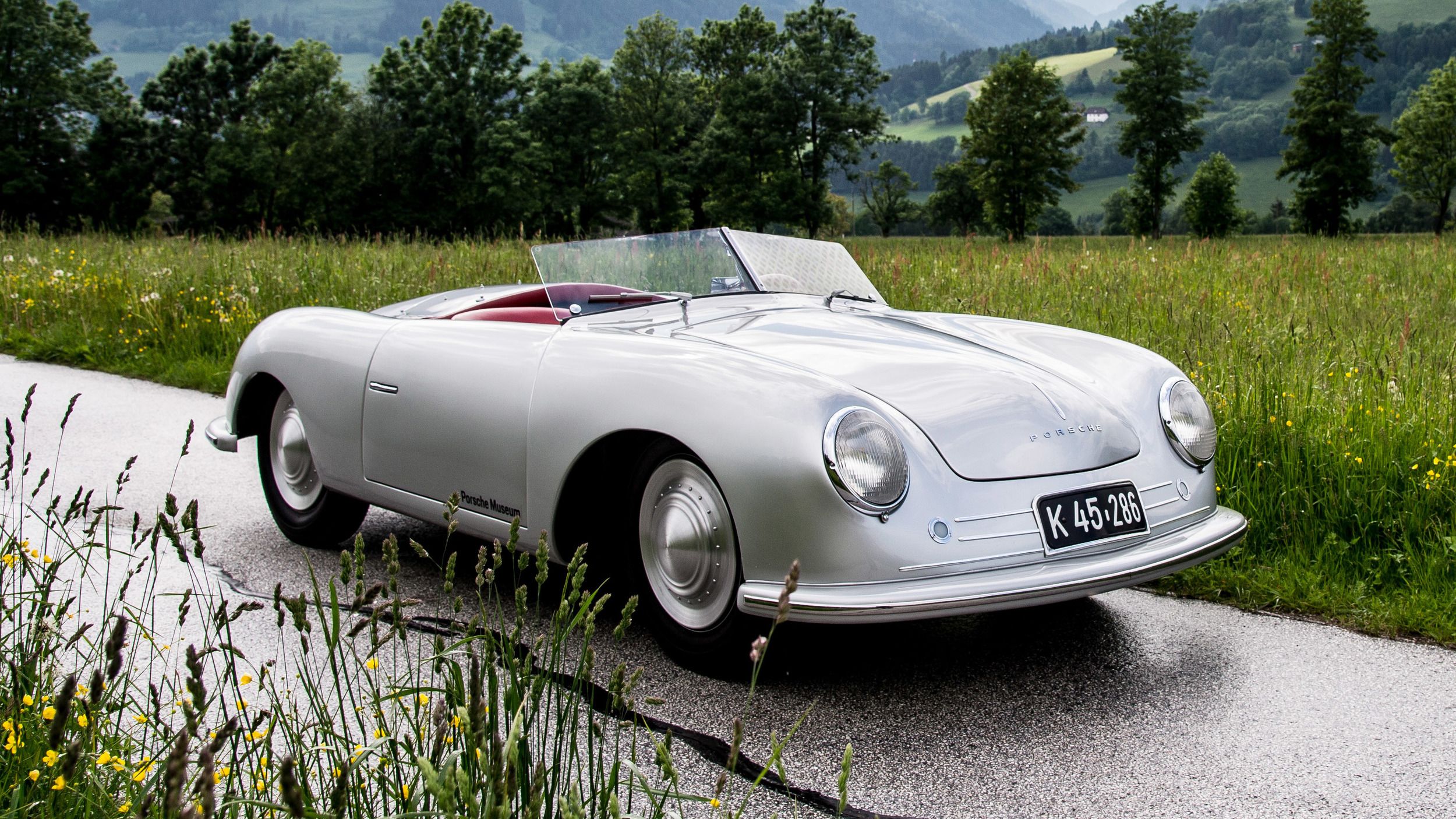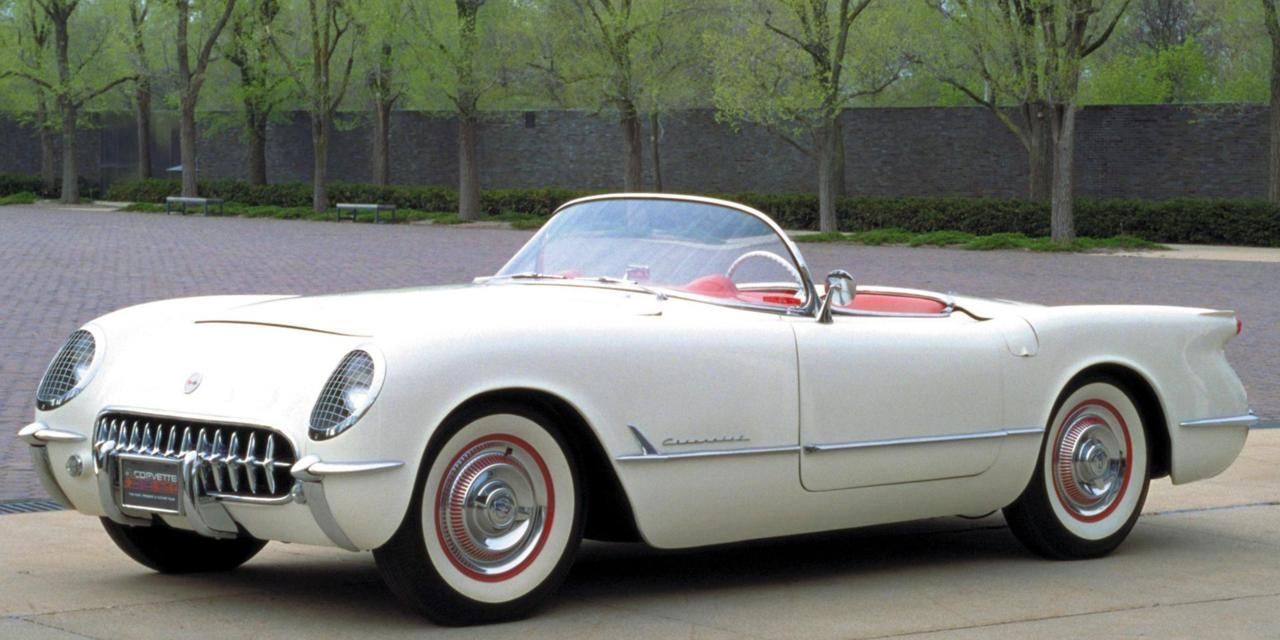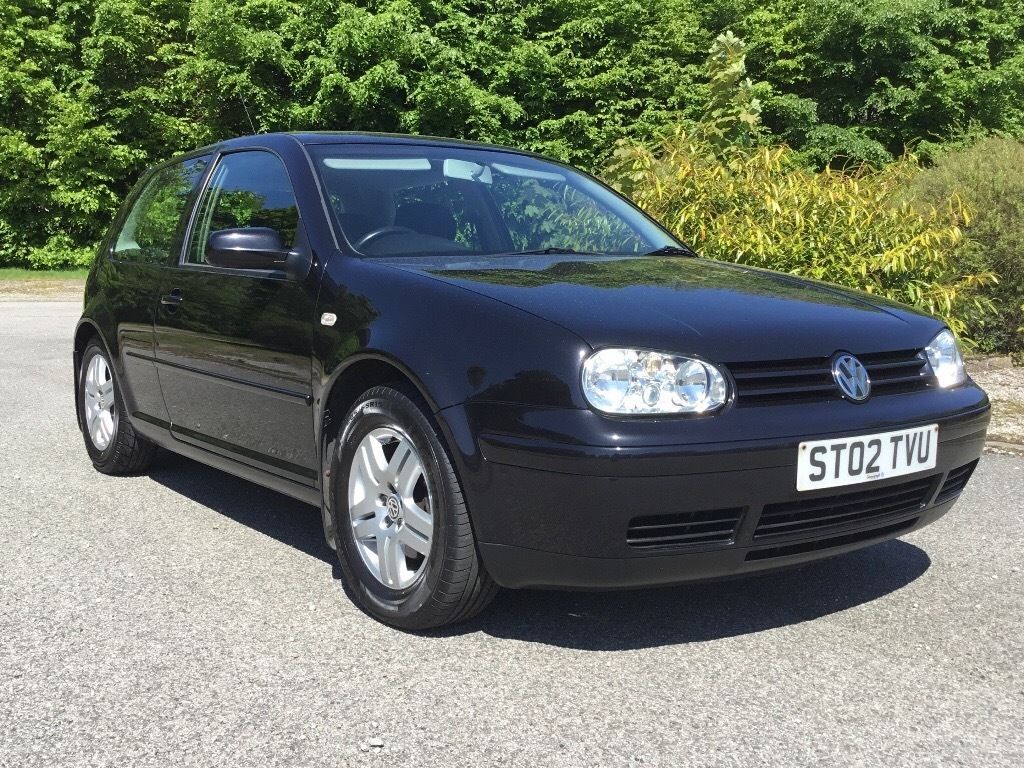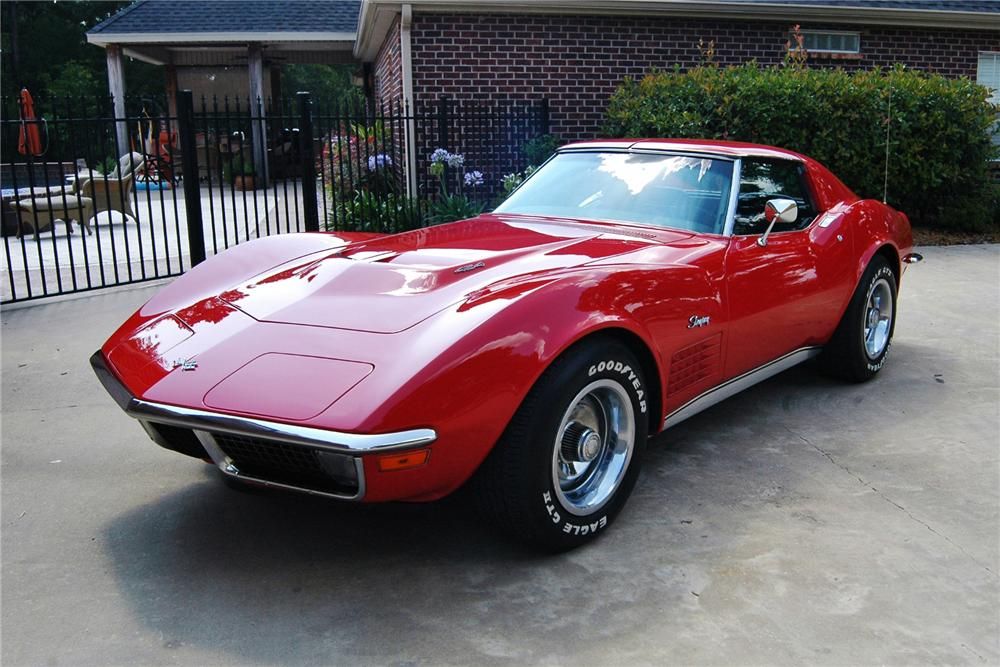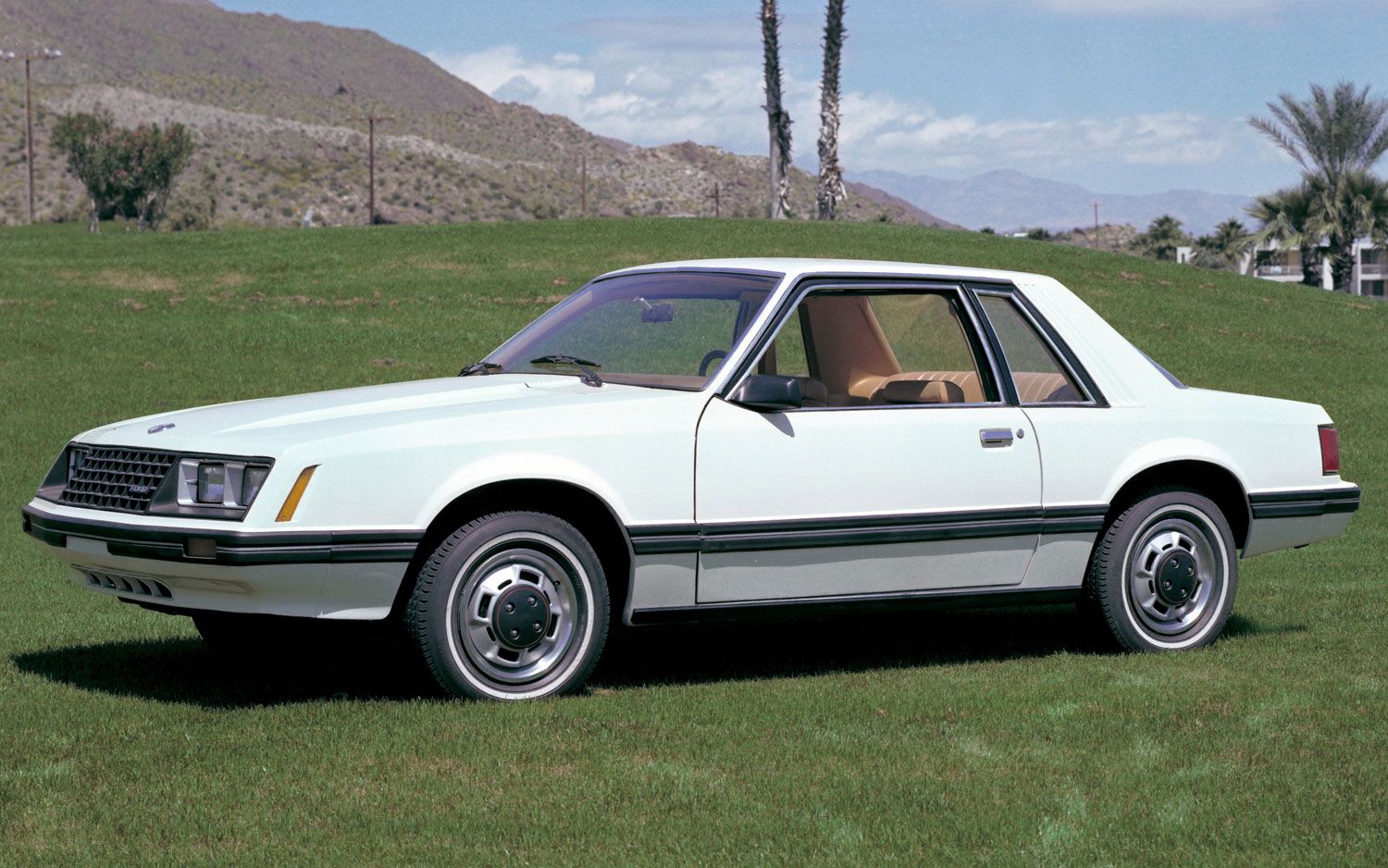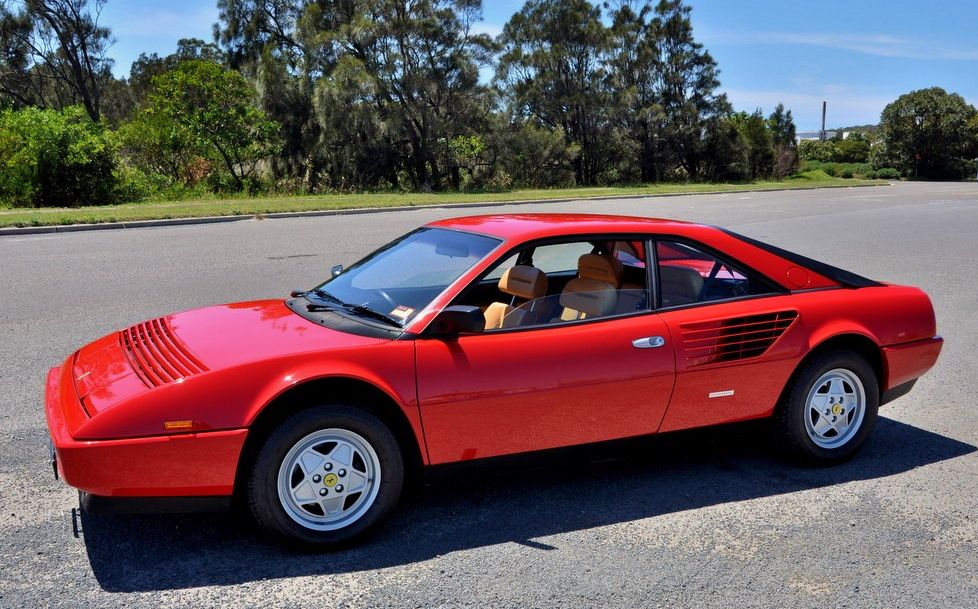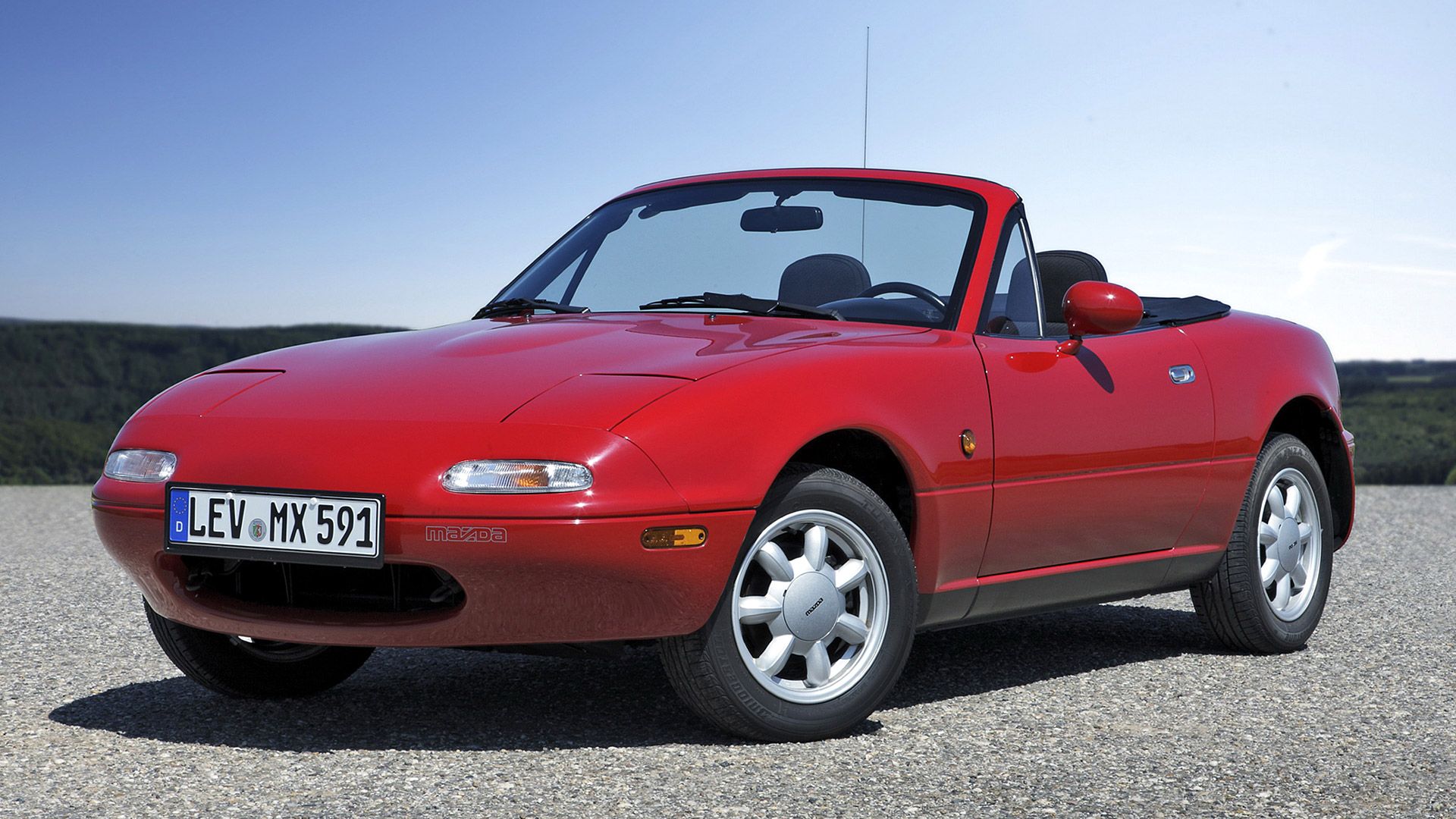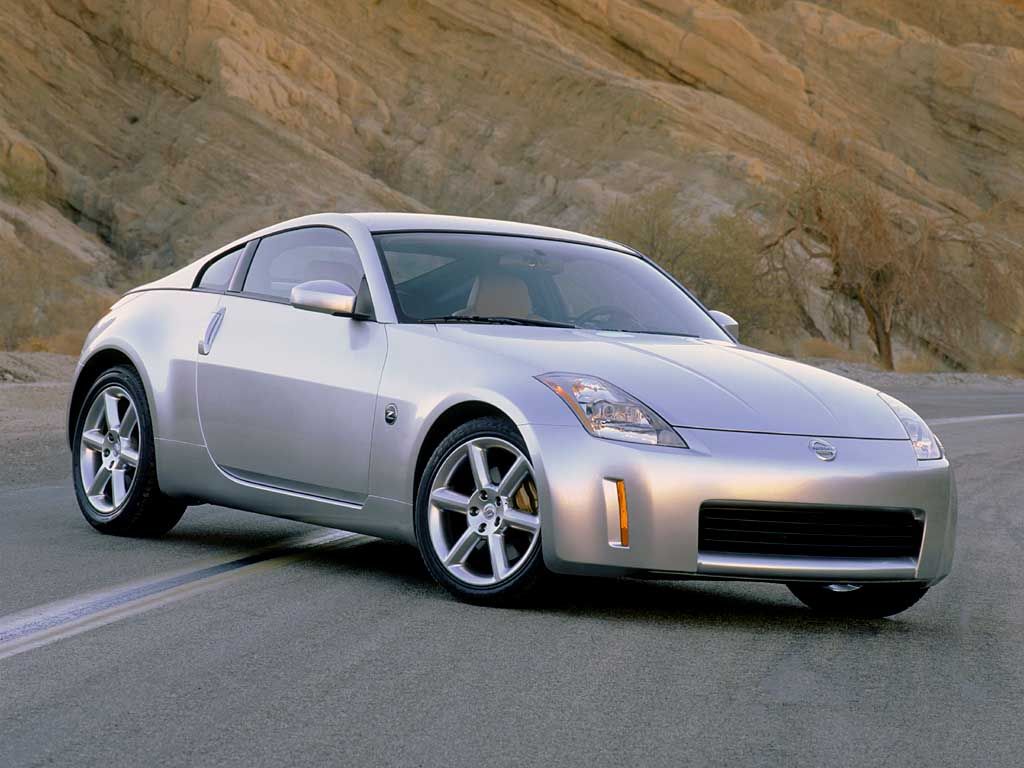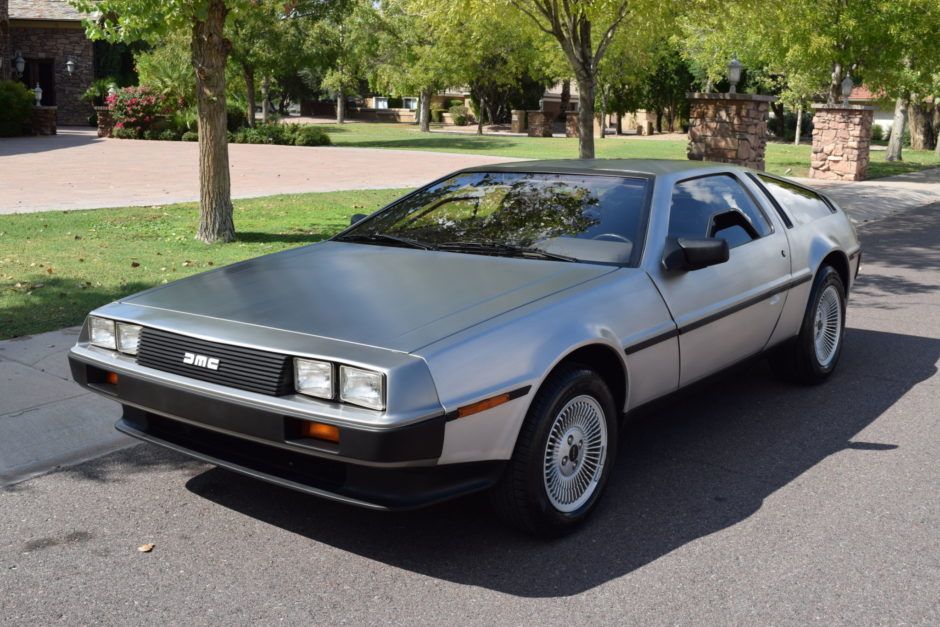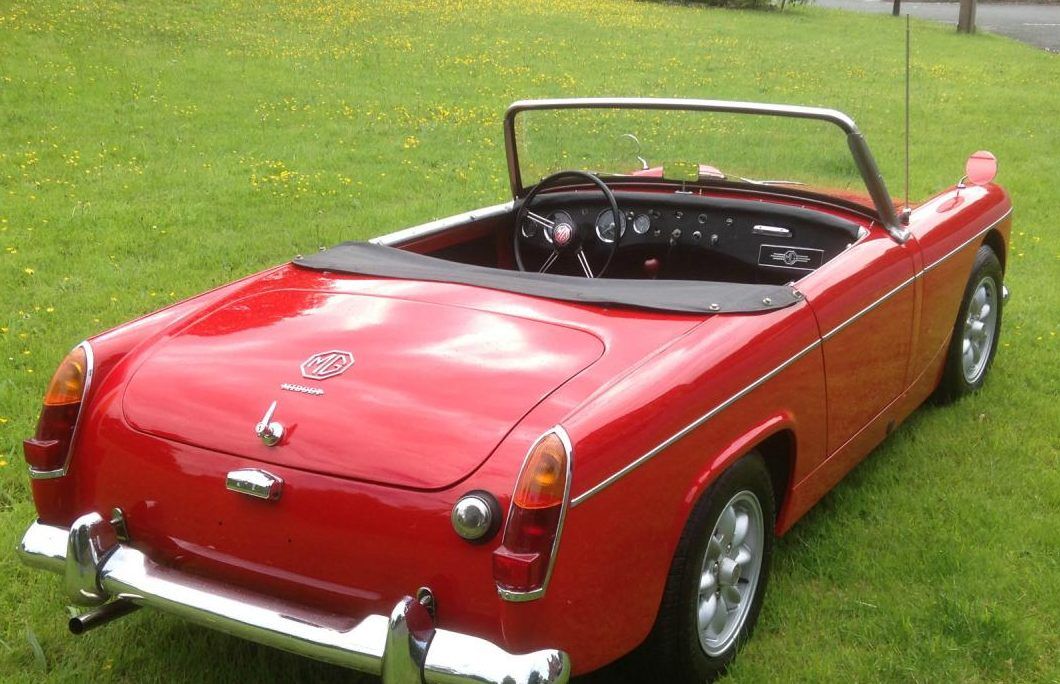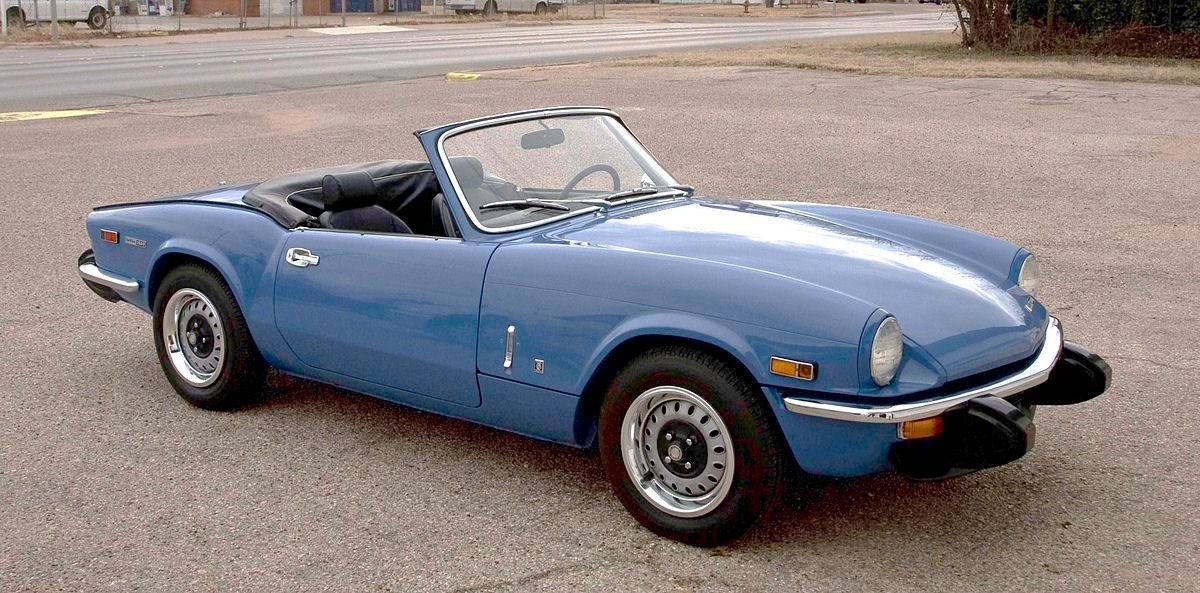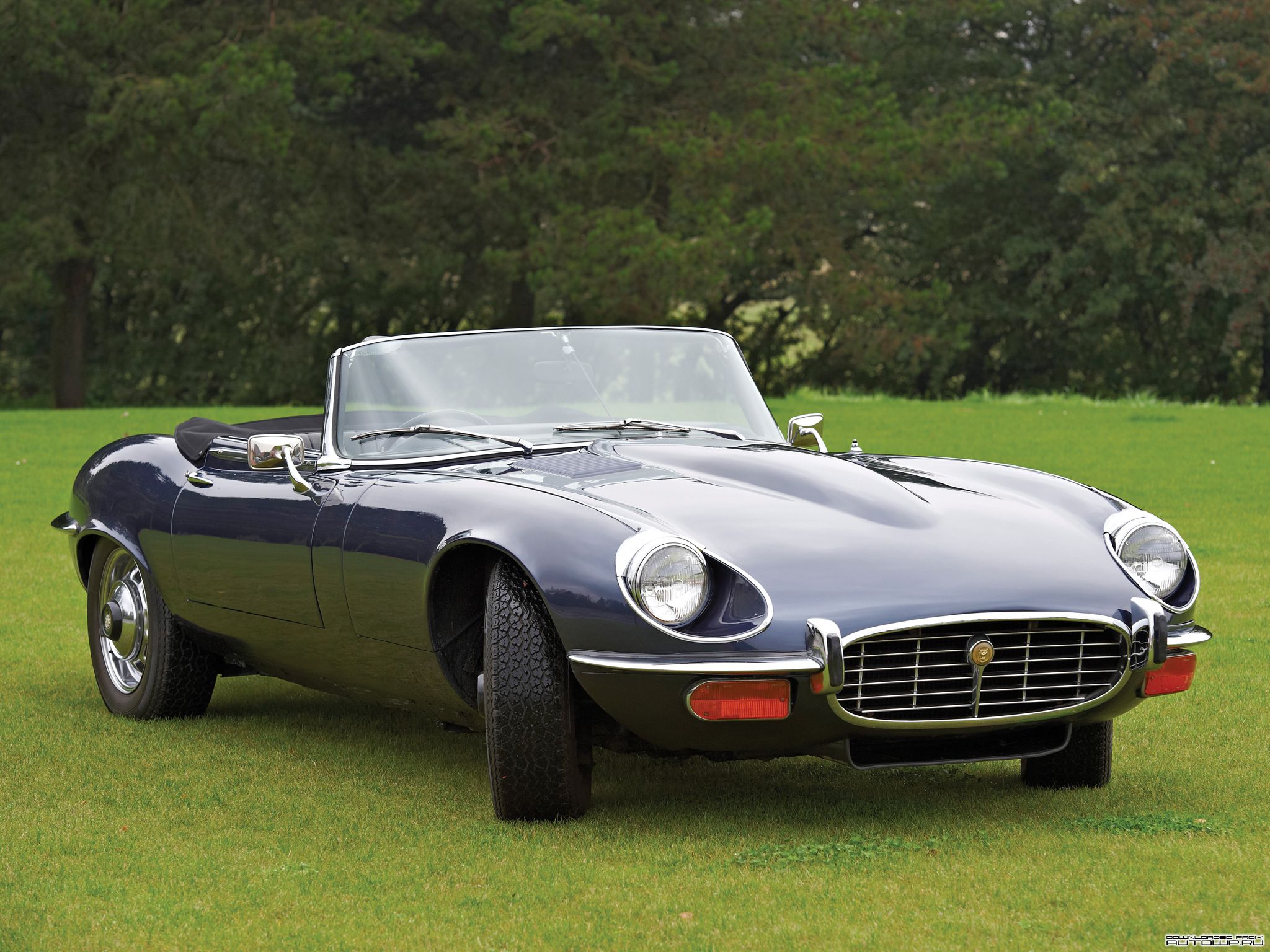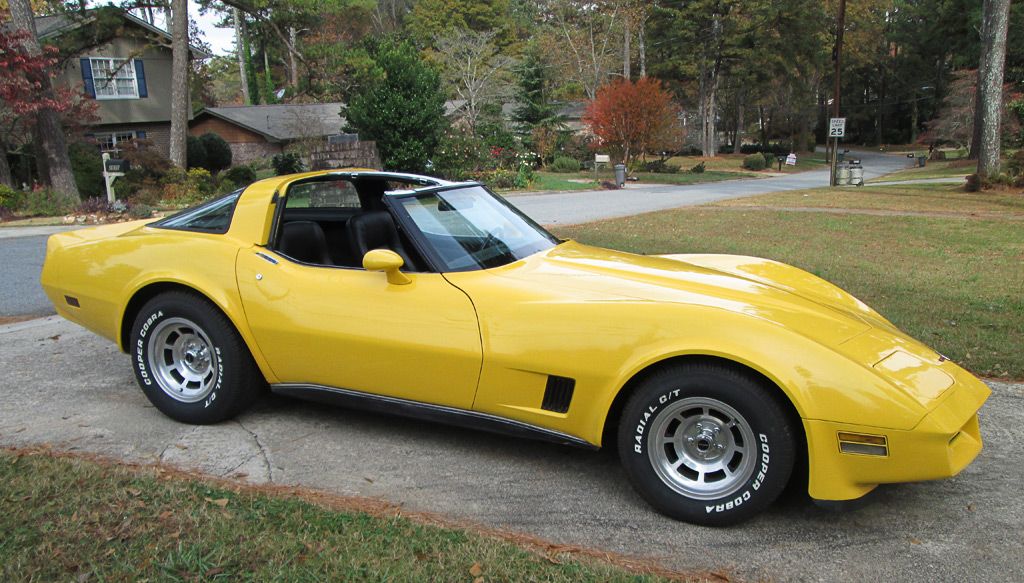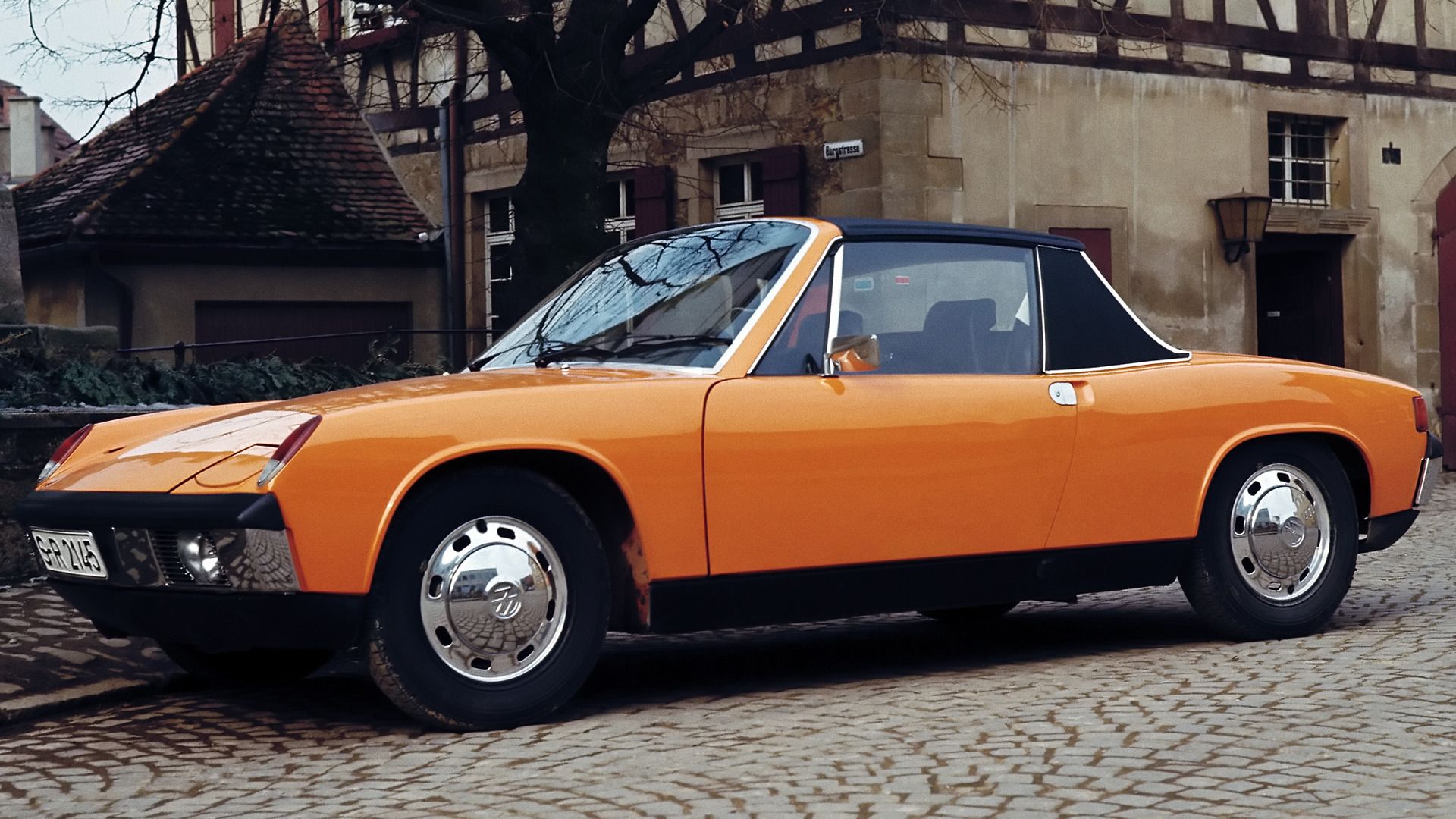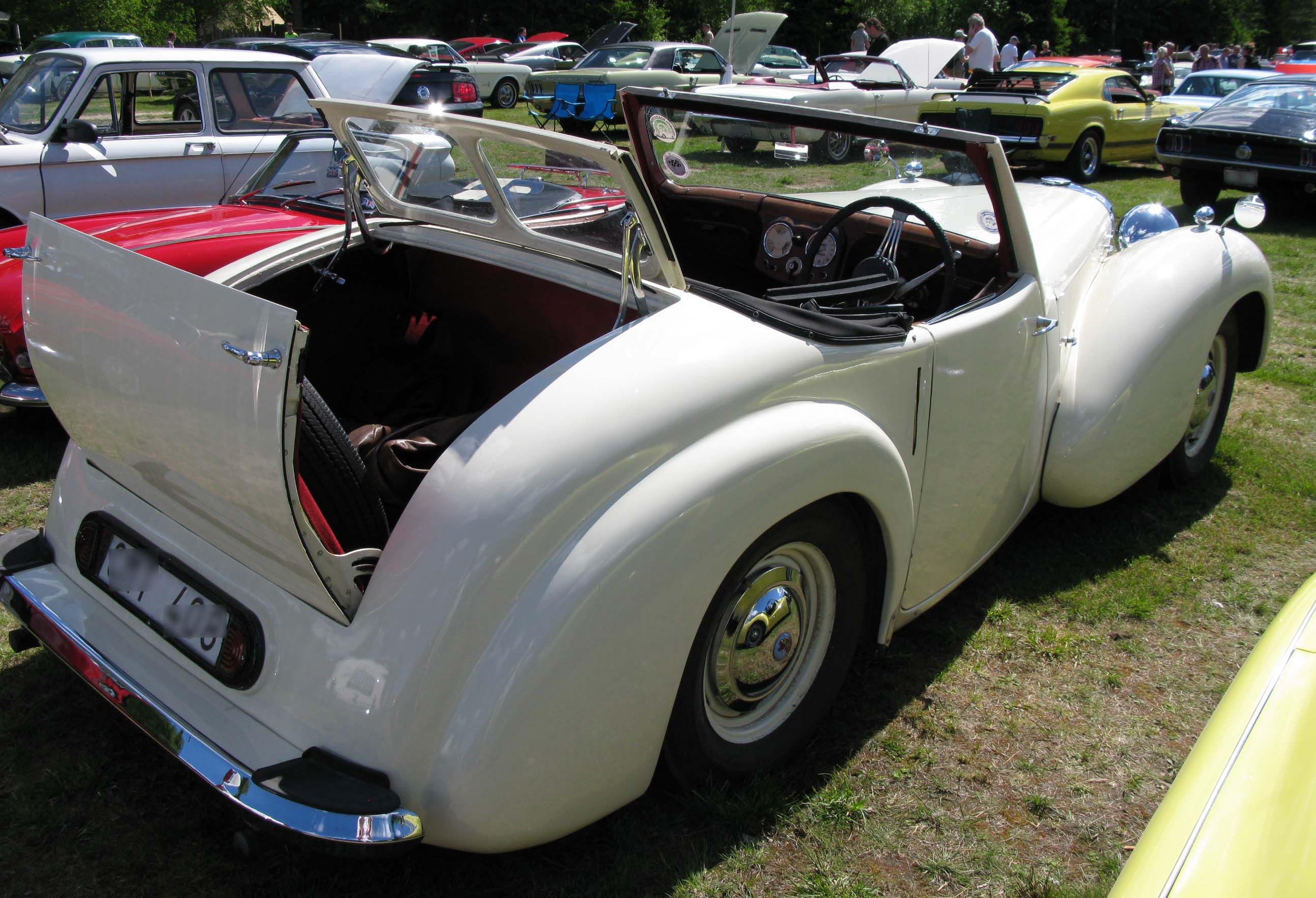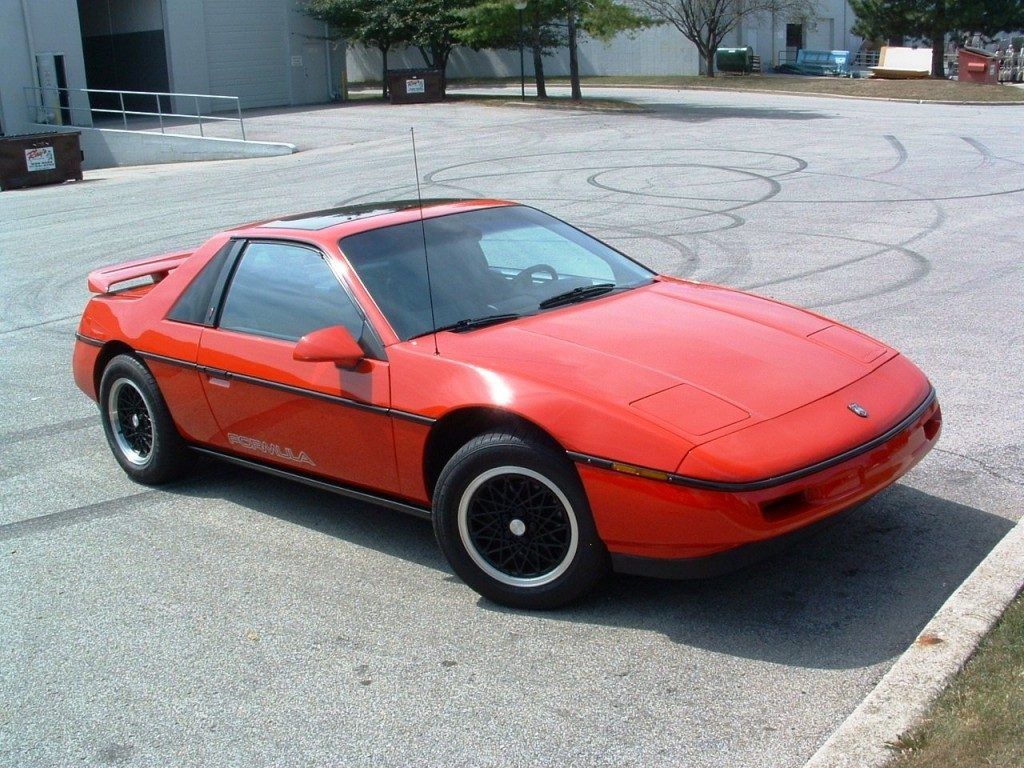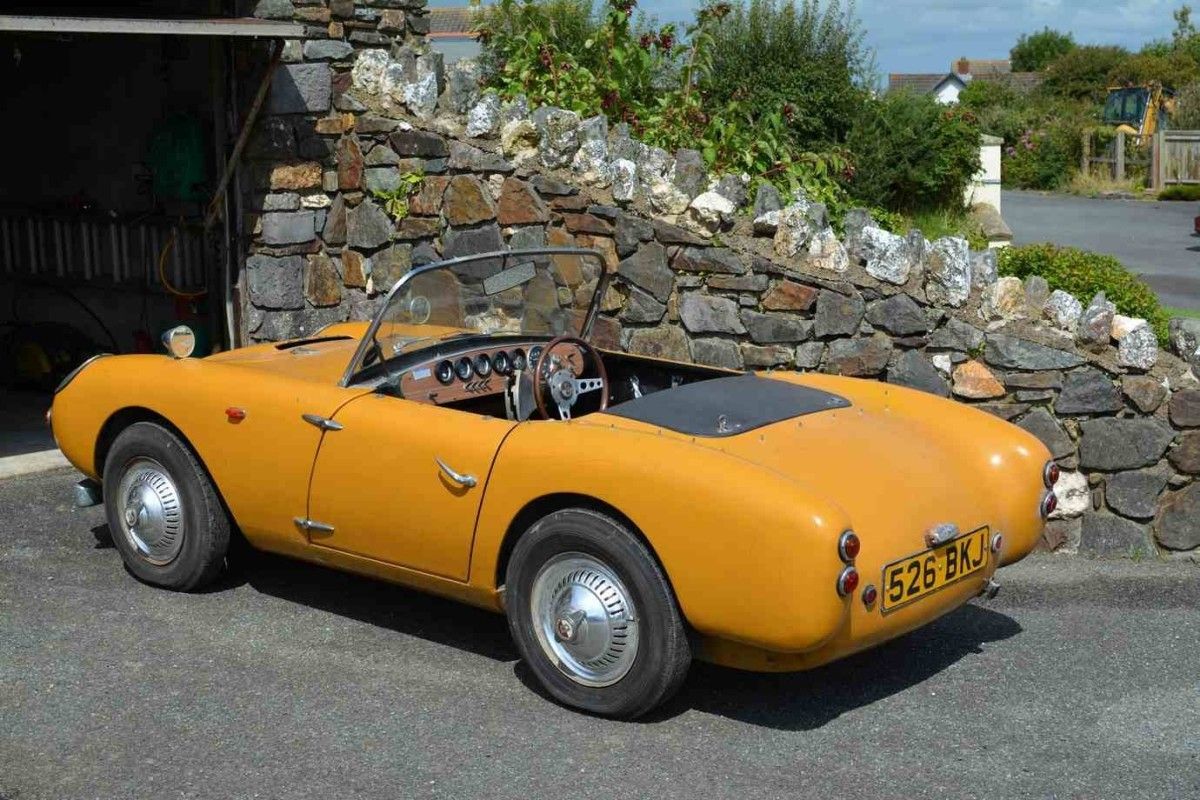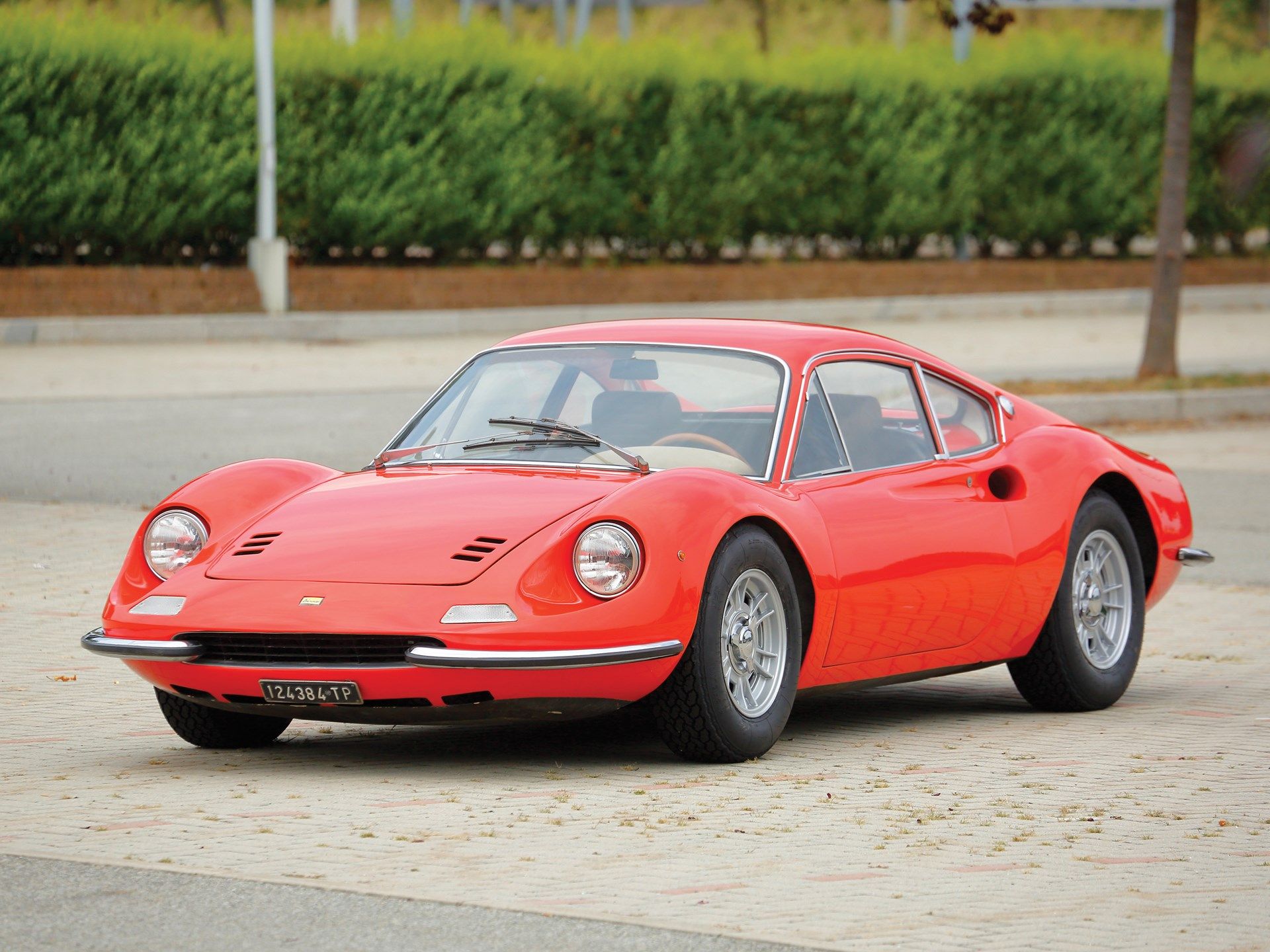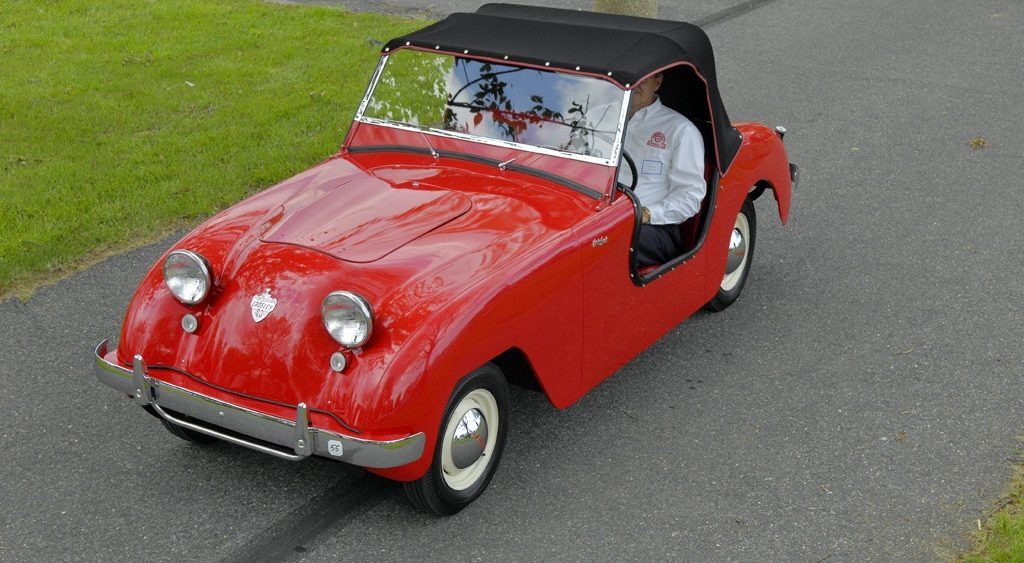When a Ferrari 812 Superfast pulls up and stops at the valet in front of a famous gourmet restaurant, everyone watching knows it is a high-performance sports car.
The sleek and smooth flowing lines and low-profile tires make a good first impression. But it is the unique Ferrari sound generated by the naturally-aspirated, 6.5-liter V12 engine cranking out 788 horsepower and 529 lb-ft of torque, along with the carefully crafted intakes and exhausts, that truly convinces the observer that this is, without a doubt, a sports car.
A sports car is typically a smaller automobile that is designed for spirited performance and agile handling. Sports cars became popular during the 1920s, and the first known use of the term in the U.S. was in 1928.
Sports cars may be equipped with only the minimum number of features for racing, or they may be luxury cars, but ones that are lightweight enough to offer excellent maneuverability characteristics. Most sports cars are aerodynamically designed for low drag and have a low center of gravity compared to standard models to optimize cornering capability. The suspension and steering are typically designed for precise control over challenging curves at high speeds.
While traditional sports cars were open roadsters, closed coupés gained popularity during the 1930s. Today a wide variety of sports cars is on the market. But although many manufacturers promote some of their models as high-performance sports cars, a few of them look the part but don’t meet expectations when driven. The following are twenty-five useless sports cars that failed to make the grade.
25 1948 Porsche 356
The Porsche 356 is a lightweight and agile rear-engined, two-door sports car with rear-wheel drive, available both in hardtop coupé and open-top configurations. It was first made by Austrian company Porsche Konstruktionen GesmbH (1948–1949) when approximately 50 cars were produced. In 1950 the factory relocated to Zuffenhausen, and the cars were made by the German company Dr. Ing. h. c. F. Porsche GmbH (1950–1965).
Engineering innovations distinguished the Porsche brand from other sports car manufacturers during the years that followed, including many years contributing to motorsport success and enthusiast admiration. Today, the Porsche 356 is a priceless classic, but in reality, early models were essentially attractively styled Volkswagen Beetles. The first 1948 pre-A model was equipped with a 1.1-liter engine and produced a paltry 35 brake horsepower.
24 1953 Chevrolet Corvette
While the original Corvette was the beginning of a long and successful history of high-performance cars that has gone on for more than sixty-five years, the specs of the 1953 'Vette would not have predicted such success.
When the Corvette was rushed into production for its debut model year to capitalize on the enthusiastic public reaction to the concept vehicle, performance fell short of expectations.
The engine was a standard Chevy 235-cubic-inch inline six, but with mechanical lifters, a higher-lift camshaft, three Carter side-draft carburetors, and a higher compression ratio. Output was only 150 horsepower, with a two-speed Powerglide automatic (no manual transmission was available) resulting in a disappointing 0–60 mph time of 11.5 seconds. Reviews were mixed, and sales were weak, prompting Chevrolet to nearly cancel the program, but they stayed the course, and today they produce some of the best performing sports cars ever made.
23 1997 Volkswagen Golf GTI MK4
Launched in October 1997, the Volkswagen Golf Mk4 is the fourth generation of the iconic hatchback. A deliberate attempt by Volkswagen to move the Golf series up a class, Mk4 came equipped with higher equipment levels and a high-quality interior.
When introduced, it produced countless superlatives from both the motoring media and buyers.
In 2001, it was the bestselling car in Europe and placed second only to the Peugeot 206 in 2002. However, owners soon discovered that the MK4 performance did not match the upscale interior. The first batch used the engine from the MK3, a 2.0-liter that produced a mere 115 horsepower, which accelerated the car to 60 mph in a lackluster 10.5 seconds.
22 1971 Chevrolet Corvette
Chevrolet made fewer modifications from the previous year's model to the Corvette for 1971 than any other new model. The few changes made were in the engine to reduce octane requirements from earlier years. It was also the last year for the M22 "Rock Crusher" heavy-duty transmission, so named for the noise generated when shifting.
Due to increasingly stringent emissions regulations, the entry-level 1971 Corvette was returned to run on low-lead fuel and made just 165 bhp from its big V8. The “Vette” accelerated from 0 to 60 mph in over 7.0 seconds and reached the quarter mile in 15.55 seconds at 90.4 mph. Although the swoopy styling of the ’71 Corvette remained strong, the performance was well below expectations.
21 1979 Ford Mustang
The Third Generation Mustang (1979 – 1993) was based on the larger Fox platform and was taller, longer, and 200 pounds lighter than the Mustang II. The ample interior space was enough to seat four passengers relatively comfortably.
However, the 1979 Ford Mustang looked like a “generic car,” with clean, simple lines and none of the flare or excitement that traditional Mustangs generated.
Its performance was also well below expectations. A V6 with a four-speed manual transmission took around 11 seconds to reach 60 mph, while the turbo-four needed 11 to 12 seconds. The straight-six was even slower at 13 seconds. The 4.2-liter V8 that generated only 120 bhp was slightly better with an acceleration from 0-60 mph in a mediocre 8-9 seconds.
20 1980 Ferrari Mondial
Retro Mobile wrote, “Just try it: say the name ‘Ferrari’ in front of any group of people. You will see their faces light up. Their eyes will sparkle and twinkle. Sometimes, they even become hysterical. Ferrari is now the world's most influential brand – ahead of Apple – reigning supreme in the world of car manufacturers.”
However, the Mondial doesn’t contribute much to the Ferrari reputation.
It bears two unique distinctions: it is the only convertible, mid-engined four-seater in the world, and it is one of the slowest Ferraris ever made. The first versions of the Mondial were equipped with a detuned, 214 bhp, 3.0-liter V8 that took just under 10 seconds to accelerate from 0-60 mph. Slow by any standard, it is abysmal performance judged against Ferrari's typical standards.
19 2012 Toyota GT86
A joint Toyota and Subaru project, the GT86 boasts a commitment to driving purity with its beautiful composure, balance, and accuracy. However, its performance is hampered by a basic lack of power. The legendary Subaru 2.0-liter naturally aspirated boxer engine produces a mere 197 bhp and 151 lb-ft of torque in the GT86. The result is a 0-62 mph sprint in a reasonably modest 7.7 seconds, with a top speed of nearly 137 mph. Those are adequate numbers, but not remarkable. The low-end torque impacts handling performance, particularly in second gear corners such as the occasional hairpin turn. In third gear corners at a higher rpm, the car has a nimbler response, but overall it misses the mark.
18 1989 Mazda MX-5 Miata
Around the turns, the lightweight two-passenger MX-5 Miata roadster is far superior to the other competitors in its class. Its well-balanced chassis and simple design are appealing to many buyers at the lower-end price point. The Miata is the best-selling two-seat convertible sports car in automobile history.
However, despite its light weight, the straight-line acceleration leaves much to be desired. Even a Ford Escort GT is faster than the Miata. The base model offered a 1.5-liter engine with only 129 bhp, powering the car from 0 to 60 mph in a snail’s pace of 9.0 seconds and taking 16.5 seconds to reach a quarter mile.
17 2002 Nissan 350Z
The stylish Nissan 350Z continues the Z-car legend of design, value, and performance that was introduced with the original Datsun 240Z in 1970. The 350Z quickly became a best-selling sports car. Nissan also offered a 350Z convertible roadster version, that featured a power-operated soft top with glass rear window. The fully automatic soft top was designed to convert from top-up to top-down in less than 20 seconds. Meanwhile, the 3.5-liter V6 engine generates 287 hp and 274 lb-ft of torque, using an intake port design and the Nissan CVTCS technology. However, the excessive curb weight of 3,225 pounds limited the 350Z's performance with a 0-60 acceleration time that was an unexceptional 5.2 seconds.
16 1981 DeLorean DMC-12
Had the DeLorean been fitted with the powerful engine it deserved, Marty McFly in Back to the Future would have reached 88 mph in a much shorter distance (but perhaps the plot would have lost much of its suspense).
On the outside, the DeLorean—with its brushed stainless-steel body panels and gull-wing doors—was a trend-setter and promised to have a lasting impact on the future of sports car design.
However, the choice of powertrain negated all the excitement and resulted in a less-than-average performance car. A Renault-sourced, 130-hp, 2.8-liter V6 anchor gave the DMC-12 a 0-60 mph time in an underwhelming 9 seconds.
15 1961 MG Midget
Part of the British roadster revolution in the late 1950s and 60s, the MG Midget was effectively a badge-engineered version of the Austin-Healey Sprite. The two sports cars were almost identical, with some trim exceptions. The Midget boasted more external features, leather seats, and a different grille treatment. Although the level of luxury in the early-60s was much different than today’s market, the MG was promoted as an upmarket alternative to the Healey-badged car. However, the Midget suffered a flaw common to many cars of the same type in that era: straight-line performance was virtually absent. Equipped with a 45-bhp, 948cc engine, the 1961 Midget MK1 embarrassingly rivaled a Volkswagen Beetle by reaching 60 mph in a painstakingly slow 18 seconds.
14 1962 Triumph Spitfire
The Spitfire name conjures up images of a fire-breathing dragon and a car with performance characteristics to match. The Triumph Spitfire, however, was anything but a beast on the road. Designed by stylist Giovanni Michelotti, who had fashioned the economic Herald coupe for Triumph, the Spitfire made use of the Herald’s bolted-together construction but received an upgraded engine. Originally designed with the 948cc inline-four, the production Spitfire was equipped with a 1,147cc version of the same engine. It produced only 63 horespower with twin SU carburetors, which simply wasn’t enough to give it any straight-line acceleration. The boost in horsepower produced a 0-60 mph time of 16 seconds, not much better than the MG Midget.
13 1971 Jaguar E-Type V12
When the Jaguar E-Type was first introduced in 1961, Enzo Ferrari called it: “The most beautiful car ever made.” Ferrari began his illustrious career as a successful race car driver before devoting his life to building immensely powerful sports cars and a championship racing team.
He based his assessment of the E-type on the car’s aesthetics, but also on its concept and potential to win races.
The early Jaguars with their 3.8-liter inline-6 engines and manual transmissions were competitive with the fastest sports cars of the era. However, when the Series 3, V12-equipped version arrived, the results were drastically different. The inline-six was replaced with a smooth but lackluster 5.3-liter V12. The heavier body and optional automatic gearbox had converted the once dynamic E-Type into a mere shadow of its former self.
12 1980 Chevrolet California Corvette 305
In the 1970s and 80s, government-mandated emissions standards had a severe impact on the auto industry, but nowhere was it as strict as in California. Chevrolet met the emissions requirements by detuning the Corvette for the California market, producing the 305 “California” version.
Instead of the already-disappointing, 5.7-liter V8 that only produced 190 horsepower, the 1980-only, one-state-only California Corvette got a unique, smog-choked 5.0L V8 that sent only a mere 180 horsepower to its 3-speed automatic. This was in a time when potential buyers could still remember the performance “Vettes from a decade earlier that produced more than 400 hp. The underpowered 1980 California Corvette is undoubtedly not a good choice for the race track, or even to drive around town.
11 1969 Porsche 914
The Porsche 914 would probably not win any sports car beauty contests, with its awkward block-shaped form and aerodynamic characteristics that might rival a similar car made from Lego bricks.
A collaboration between Porsche and Volkswagen, the 914 was a targa-topped, mid-engined, two-seater roadster that differentiated itself mostly with Porsche badges.
It took 12.5 seconds for this “sports car” to accelerate to 60 mph and 18.1 seconds to reach the quarter mile at a speed of 74 mph. Motor Magazine wrote in 1973, "The 914 is no sports car. Not enough power." Combine unappealing esthetics with poor performance, and the result is a sports car that few people want to drive.
10 1946 Triumph 1800
Driving a Triumph 1800 in the countryside while dressed in a coat and tie with a country gentleman's classic-patterned Ivy cap would provide a casual and entertaining Sunday afternoon. However, the experience would be far short of the exhilaration that derives from driving a real high-performance sports car. Although it was designed to compete head-to-head with Jaguar, the 1946 Triumph 1800 was anything but high-performance.
The 1.8-liter engine produced only 63 horsepower, giving the wood-framed, aluminum-bodied vehicle acceleration from 0-60 mph in a wearisome 34.4 seconds, which was slower than its rival the MG and only slightly faster than a bicycle.
9 1984 Pontiac Fiero
The potential appeal and eventual success of the Pontiac Fiero as a sports car was lost when General Motors handcuffed Pontiac in the design stage. Conceived in the immediate aftermath of the second OPEC Oil Embargo, GM product planners mandated two features be included in the design to proceed with manufacturing the small car. First, it would have to be fuel efficient. Second, the car would have to be created with minimum development funding. The end result was the Pontiac Fiero.
The 98-horsepower, "Iron Duke" 2.5-liter engine was so weak it took 10.6 seconds to reach 60 mph and the quarter mile passed in a dismal 17.5 seconds. Pontiac tried marketing the Fiero as a fuel-saving commuter car before eventually admitting that it was just a poor-performing, slow sports car.
8 1956 Berkeley Sports
Britain’s Berkeley Cars Ltd produced economic sporting microcars with one of the smallest engines ever used in a vehicle. The two-stroke, two-cylinder, 322-cc, motorcycle-derived engine providing 18 hp was mounted transversely and drove the front wheels via a chain and a three-speed gearbox.
Later, a 692 cc three-cylinder engine increased the power output to a mere 30 horsepower.
The Berkeley Sports may actually be the slowest cars ever made, with an acceleration of 0-50 mph in just over 30 seconds. The quarter-mile time and speed are unknown because they're too slow to record—or at least no one wants to wait that long. The Berkeley is a weird car by any standard. It often puffs out blue smoke and doesn’t come close to a speed of 100 mph. For those reasons, among others, it should never be driven on a race track, though perhaps a quick tour around town would be entertaining.
7 1968 Ferrari Dino 206
When Ferrari launched the Dino 206 in 1968, it had already enjoyed 21 years of success in the road car market and on the race track. Victories included class wins at the 24 Hours of Le Mans and the Formula One championship. Supercars like the Ferrari 275 GTB, the 250 GTO, and the 400 Superamerica were exceptional accomplishments in the exotic high-performance sports car market. However, these masterpieces of automobile achievement were very expensive, and Ferrari felt they were missing an opportunity at the lower end of the market, so they created the Dino specifically to capture the affordable segment. To keep the price down, Ferrari was forced to sacrifice power, equipping the Dino with a 2.0-liter V6 which generated only 160 bhp. The performance was respectable for that era but a disappointment to Ferrari enthusiasts.
6 1949 Crosley Hot Shot
The Crosley Hot Shot weighed a mere 1,175 pounds, and was one of the lightest cars ever made. It achieved such a light weight in part from the absence of doors. Both driver and passenger entered and exited the vehicle by stepping through the hole on each side of the car.
Despite the distinction of winning the Index of Performance at the 12 Hours of Sebring, the four-cylinder, 26-hp Crosley Hot Shot was never intended for the race track.
It was designed to be an affordable and fun sports car. With a top speed of 74 mph, the Crosley reaches the quarter mile marker before it gets to 60 mph. Almost any Ford vehicle with a V8 would get to 60 mph a full ten seconds before the Hot Shot.

